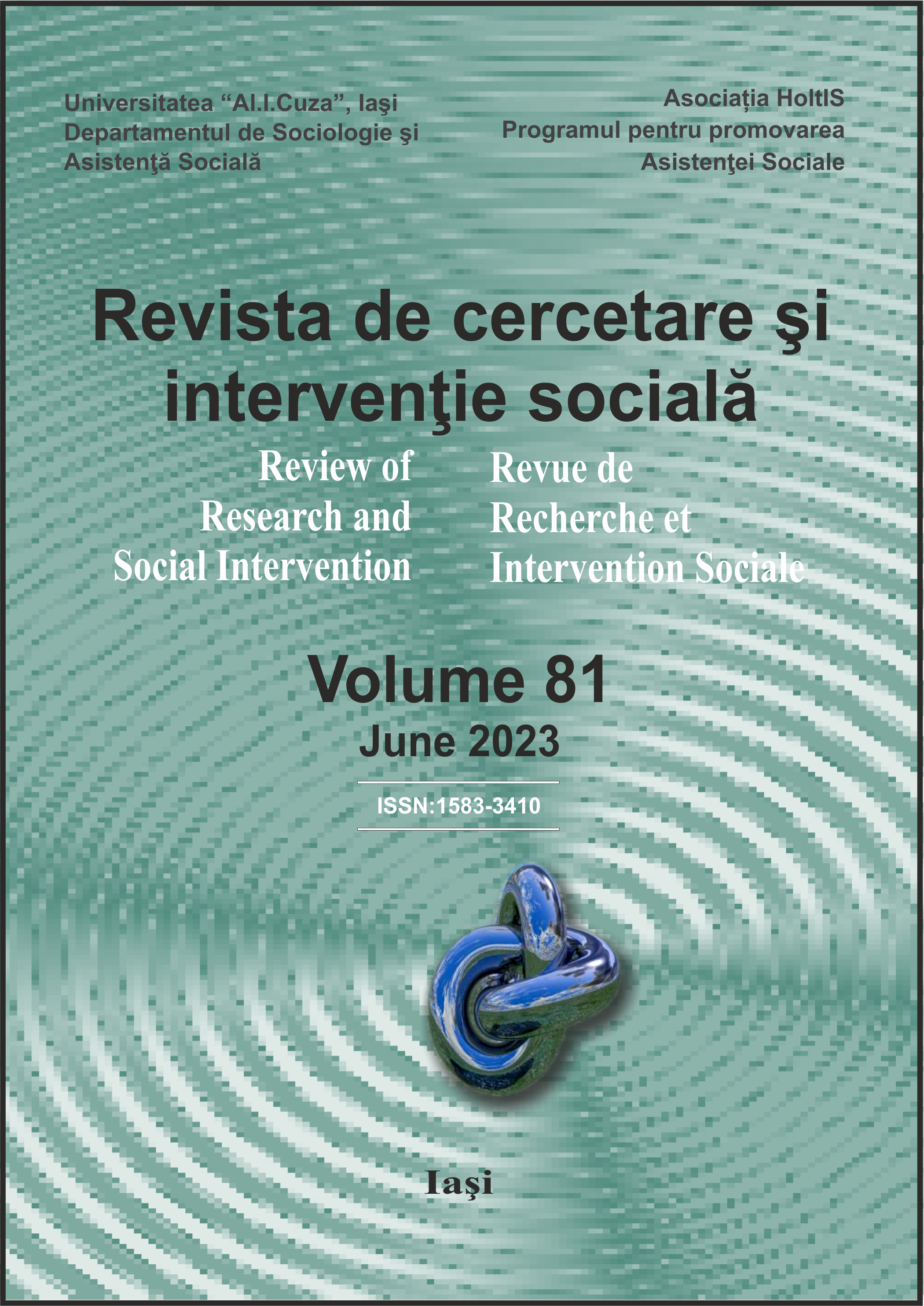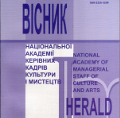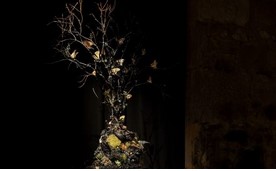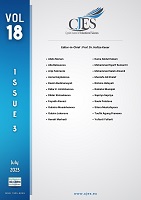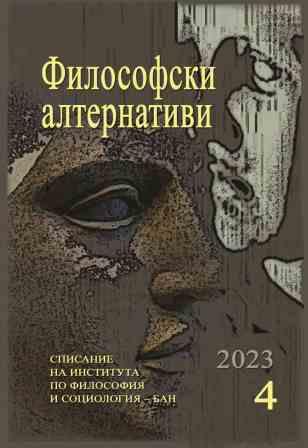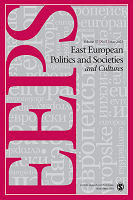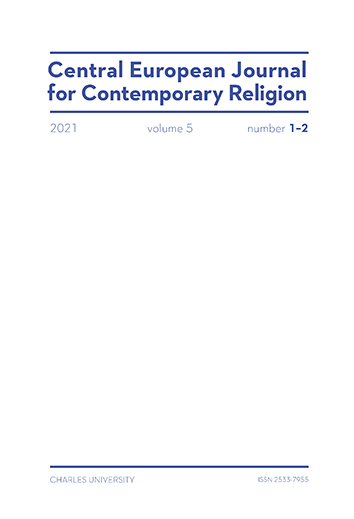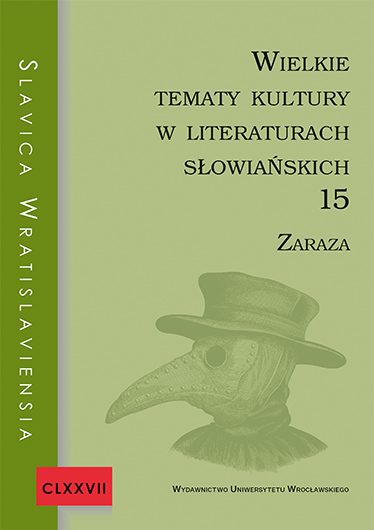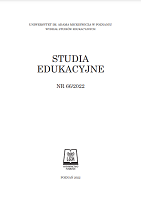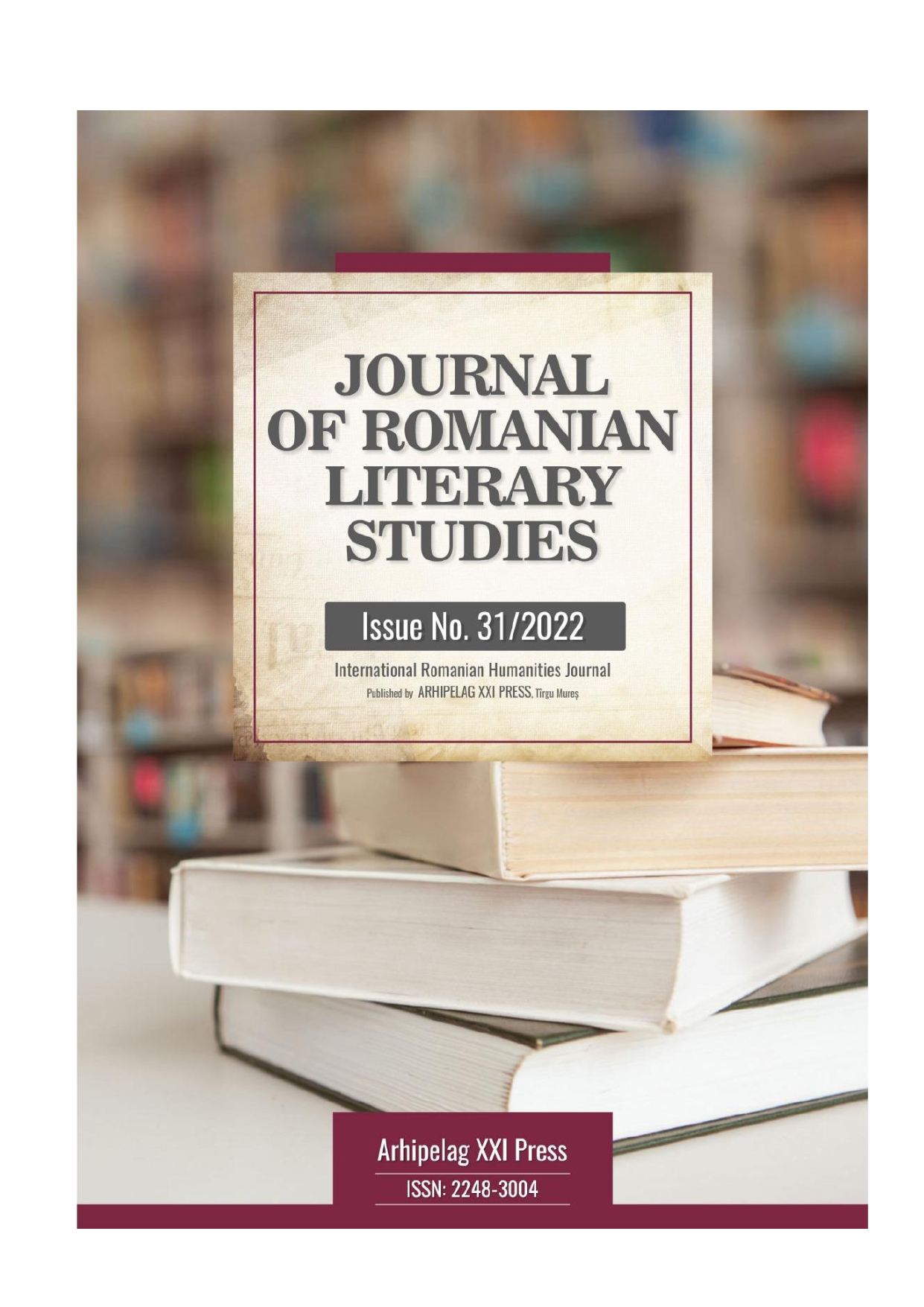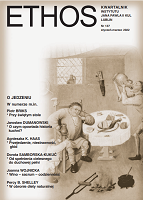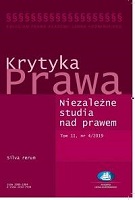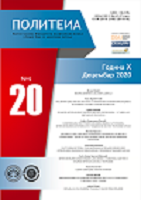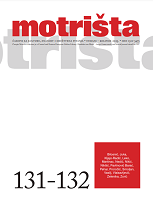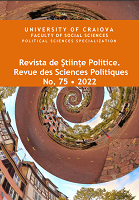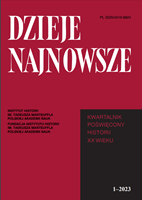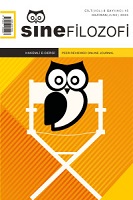
Kaptan Fantastik (2016): Kapitalizm Kıskacında Başka Bir Hayat Mümkün mü?
All the structural changes that capitalism has caused in the historical process have brought about economic and cultural changes in social life and therefore in social institutions. The family, religion and education institutions, which are among the structures that have undergone changes with capitalism, are important because of their ideological functions at the point of approval of the current system. Today, neoliberalism is seen as a necessity, even a completely natural way to ensure social order in many parts of the world, and it is underlined that no other alternative order is possible. Social institutions and structures are transforming in a way that reinforces this belief. In this context this study examines the movie Captain Fantastic (2016), which is about the life of a family that resists the existing capitalist system and the institutions affected by capitalism, with the lifestyle they have established. The aim of this study is to reveal the discourse of the film within the framework of the question of how possible to live an alternative life completely outside of the institutional structures shaped by capitalism. For this purpose, by using the descriptive analysis method, the compromises and contrasts between the capital system and the family in the movie were tried to be revealed.
More...
